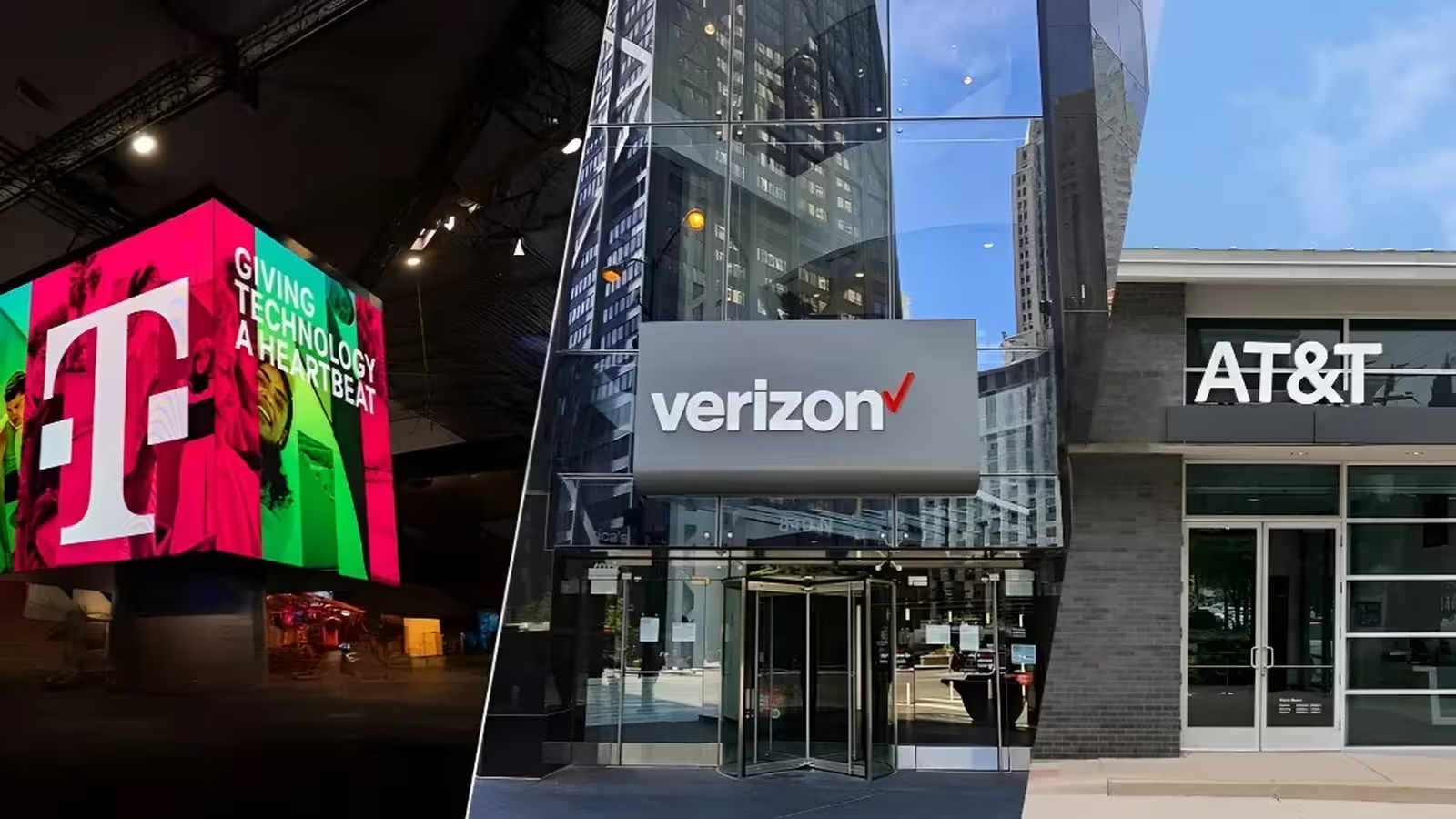6 Minutes
The Big Three US Carriers Face Customer Backlash Over Soaring Prices
For years, T-Mobile, AT&T, and Verizon have dominated the US wireless market, setting the standard for cellular service nationwide. Their extensive network coverage and robust 5G infrastructure have made them household names. But a surge in pricing and controversial business strategies are now putting their reputation on the line, as more Americans grow weary of ballooning monthly bills and start exploring more affordable options.
Customer Frustration Reaches All-Time High
Recent customer surveys highlight a growing sense of dissatisfaction with the big three carriers. According to new research, an overwhelming number of subscribers are open to switching providers if it means saving money. This growing frustration has cemented the perception that high prices and unpredictable fees are forcing customers to reconsider their loyalty.
Online forums and tech communities are abuzz with stories of people abandoning the big carriers in favor of less expensive alternatives. Reports even suggest some customers are distressed enough by their bills to resort to emotional calls with customer service, underlining the urgent need for change in the wireless industry.
T-Mobile, AT&T, and Verizon: Price Hikes and Controversial Changes
T-Mobile sparked outrage recently after rolling out new plans that, according to users, broke earlier promises of 'price lock' guarantees. Subscribers reported unexpected increases to their bills, leading many to finally jump ship. The outcry escalated further when T-Mobile phased out plans that bundled taxes and fees, resulting in even higher costs for consumers.
Verizon, on the other hand, has adopted a patchwork approach to customer retention, offering random major discounts to some users while raising bills for others. This inconsistency has led to confusion and exasperation among subscribers—some are delighted by unexpected deals, while others are stuck paying more with no clear reason.
AT&T, while making fewer headlines, has contributed to an industry-wide trend of creeping yearly costs, leaving even their most dedicated customers disillusioned. These unpredictable billing practices and perceived lack of transparency are only accelerating the exodus to smaller, alternative carriers.
The Rise of MVNOs: A New Era for Cellular Service
As traditional providers raise prices, Mobile Virtual Network Operators (MVNOs) like Mint Mobile, Google Fi, and Visible are seeing a significant uptick in interest. These carriers, which lease network access from the major players but offer their own plans, typically provide more straightforward and budget-friendly options without hidden fees or aggressive upselling.
The latest industry surveys indicate that MVNOs are not only a short-term alternative but could represent the future of cellular service in the US. Their focus on value, flexibility, and transparent pricing resonates with cost-conscious consumers who want quality coverage without the burden of excessive monthly bills.
Product Features and Comparisons
MVNO plans often include high-speed data options, flexible month-to-month contracts, and international calling features at a fraction of the price of postpaid carrier plans. By leveraging the same networks as AT&T, Verizon, and T-Mobile, these alternatives offer comparable 4G LTE and 5G speeds in most areas, making them strong market contenders.
Main Advantages and Use Cases
For users whose primary concern is value, MVNOs offer a compelling solution. They are especially popular with students, gig workers, families, and anyone seeking to optimize monthly expenditures amid an uncertain economy. Upgraded SIM-only plans, bring-your-own-device compatibility, and easy online activation appeal to a new generation of tech-savvy consumers.
Industry Challenges: The Cycle of Churn and Customer Retention
Skyrocketing costs have created a cycle in which customers jump between providers every few years, seeking out introductory discounts only to leave once standard rates resume. Loyalty is being replaced by strategic shopping, as people grow tired of feeling penalized for staying with the same carrier.
While T-Mobile, AT&T, and Verizon have responded with periodic deals and bonuses to attract and retain subscribers, the underlying issue of steadily increasing bills remains unresolved. Aggressive use of AI tools to upsell unnecessary add-ons during sign-up only adds to customer frustration, as both subscribers and store representatives must navigate the complications of removing unwanted services later on.
The Way Forward: Consumer-Friendly Innovation
To recover consumer trust and maintain relevance in an evolving market, the big three US carriers must rethink their business models. Transparent pricing, simplified plans, and responsible use of technology are critical for improving the subscriber experience. Greater emphasis on consumer-friendly practices will not only reduce churn but also foster long-term brand loyalty.
Market Outlook: The Future of US Mobile Service
As economic pressures persist and digital connectivity becomes ever more vital, Americans are sending a clear message to T-Mobile, AT&T, and Verizon—affordable, predictable, and transparent wireless service is not just a luxury, but an expectation. The success of MVNOs and the disgruntlement towards traditional carriers mark a pivotal moment for the US telecommunications industry. Providers that can adapt, innovate, and put customers first are most likely to thrive in the years ahead.
Source: phonearena


Leave a Comment